
Chinch Bugs vs. Sod Webworms: Spotting the Difference in Your Florida Lawn
Whether you’re a new homeowner in Florida or a long-time resident, you already know that conditions in the Sunshine State…
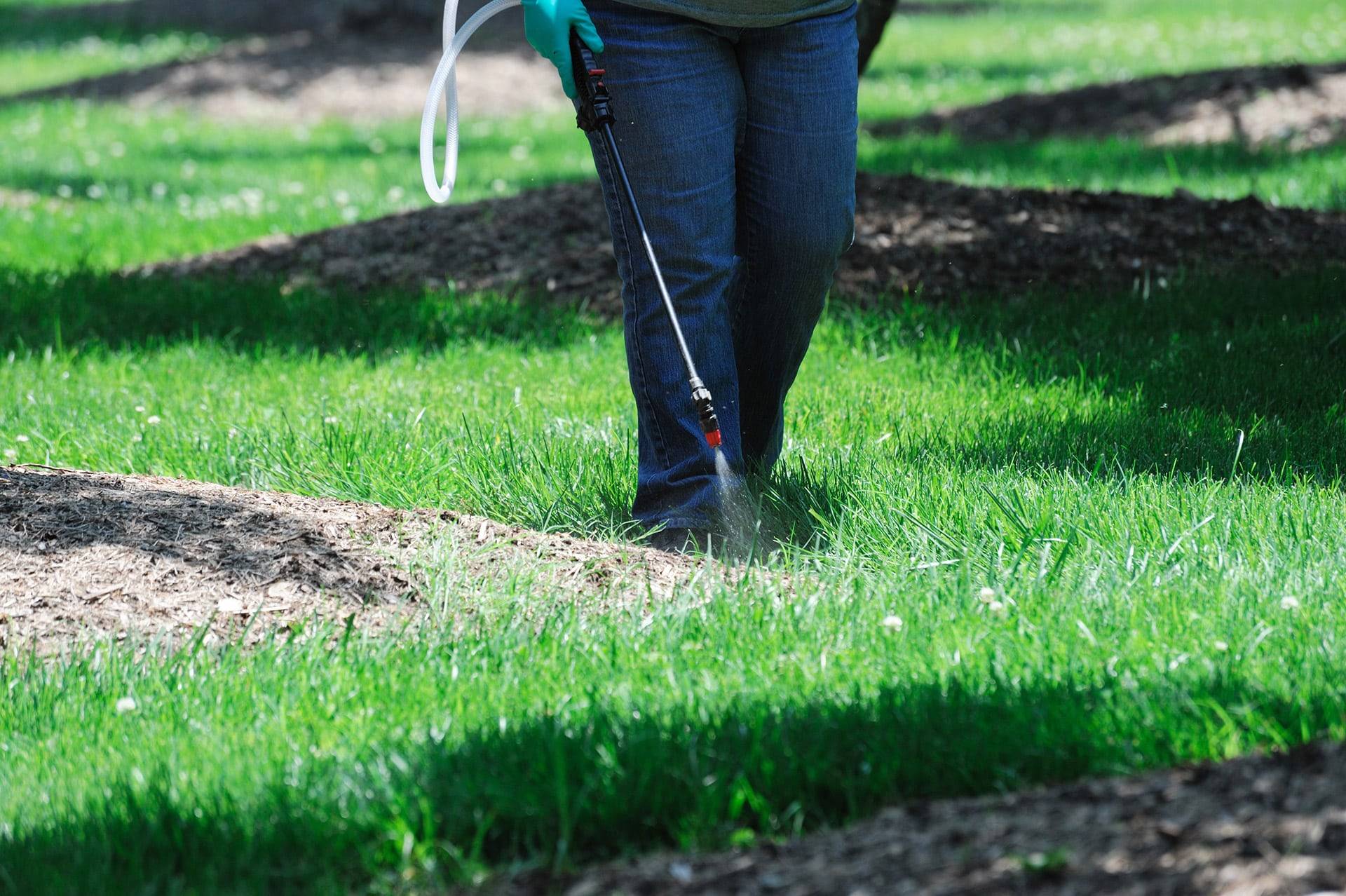
As Florida lawn care experts, we know that maintaining a healthy lawn means staying vigilant about pest control. Whether you’re dealing with chinch bugs in St. Augustine grass or mole crickets in Bermuda, understanding these common invaders is your first step toward effective management. At Council Oxford, we’ve spent years studying and treating Florida’s unique pest challenges, and we’re here to share our expertise.
The type of grass in your lawn often determines which pests you’ll encounter most frequently. At Council Oxford, we consistently observe that St. Augustine lawns face significant challenges from chinch bugs, while Bermuda grass tends to attract mole crickets and grubworms.
Here’s a detailed breakdown of common Florida lawn pests:
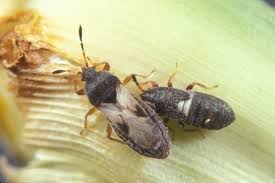
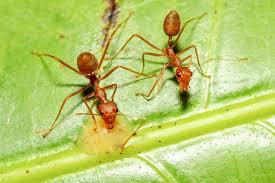
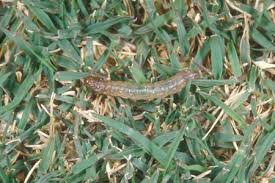
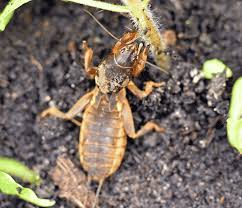
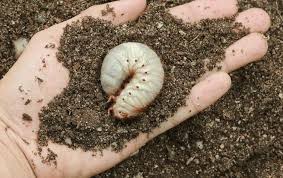
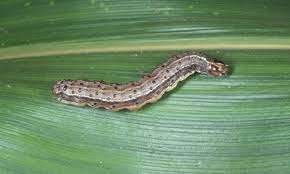
Florida’s pest activity follows distinct seasonal patterns that require different management approaches throughout the year.
Hurricane Season (June 1 – November 30):
Summer Specific Issues:
Fall Transition:
Winter Considerations:
Spring Revival:
For seasonal residents, maintaining pest control while away requires strategic planning. We recommend applying a combination of systemic and knock-down products before departure, with particular attention to systemic insecticides specific to your grass type.
Prevention starts with establishing a robust lawn care routine. At Council Oxford, we’ve developed annual programs that focus on creating resilient lawns through comprehensive care strategies.
Proper mowing is fundamental to pest prevention. The key is maintaining an appropriate cutting height specific to your grass type, ensuring you never remove more than one-third of the grass height in a single mowing. Sharp mower blades are essential, as clean cuts help prevent disease entry points and reduce stress on the grass. We recommend alternating your mowing patterns regularly to prevent ruts and encourage upright growth. As seasons change, consider adjusting your mowing height to help your lawn better handle environmental stresses.
Irrigation management plays a crucial role in pest prevention. The best approach is to water deeply but infrequently, encouraging deep root growth that makes your lawn more resistant to pests and environmental stress. Keep track of rainfall amounts and adjust your irrigation schedule accordingly. Seasonal changes require different watering patterns, so stay attentive to your lawn’s needs throughout the year. Maintaining proper drainage helps prevent water-loving pests, while regular irrigation system checks can catch leaks that might create pest-friendly conditions.
Strategic fertilization is essential for maintaining a pest-resistant lawn. Choose fertilizer formulations specifically designed for your grass type, and time applications to align with natural growth cycles. Slow-release options provide steady nutrition that supports consistent growth without the stress of rapid growth spurts that can attract pests. Regular monitoring helps identify potential nutrient deficiencies before they become serious problems. We recommend adjusting your fertilization program based on periodic soil tests to ensure optimal lawn health.
Cultural control practices round out a comprehensive pest prevention strategy. Focus on improving air circulation around your lawn by managing nearby vegetation and removing obstacles to airflow. Regular dethatching prevents the buildup of dead grass material that can harbor pests. Maintaining proper soil pH through regular testing and amendment helps your grass outcompete weeds and resist pest pressure. Address soil compaction through aeration when needed, and consider overseeding bare or thin areas to maintain a dense, pest-resistant turf.
Identifying pest problems early is crucial for effective control. Here’s a comprehensive guide to recognition:
The decision between hiring professional pest control services or taking a DIY approach depends on several important considerations that can significantly impact the effectiveness of your pest management strategy.
Professional services offer distinct advantages, including access to commercial-grade products and specialized equipment that might not be available to the general public. These services provide regular monitoring and adjustment of treatment programs, along with expert problem identification and comprehensive treatment strategies developed through years of experience.
On the DIY side, homeowners can benefit from the ability to respond immediately when they spot problems, along with the cost-effectiveness of handling spot treatments themselves. DIY pest control provides flexibility in treatment timing and allows homeowners to maintain personal knowledge of their lawn’s history while maintaining control over which products they use.
There are specific situations that typically warrant professional services. These include complex or severe infestations, properties dealing with multiple pest problems simultaneously, situations where time constraints prevent proper DIY attention, large properties that require extensive coverage, and recurring issues that haven’t been successfully resolved through self-treatment.
For those choosing the DIY route, success depends on several critical factors. Proper product selection is essential, as is understanding the correct timing for applications. Regular monitoring becomes a key responsibility, along with maintaining equipment in good working order. Perhaps most importantly, DIY pest control requires developing a solid understanding of pest lifecycles to ensure treatments are both effective and properly timed.
Success in pest control comes from taking a holistic approach to lawn care. At Council Oxford, we’ve seen that the most resilient lawns combine proper cultural practices with strategic pest management.
Ready to develop a customized pest control strategy for your Florida lawn? Contact Council Oxford today to schedule a consultation with our lawn care experts. We’ll help you create a plan that protects your lawn while respecting our unique Florida environment.
